Reproductive failure is the most common cause of sow loss in production herds. These failures can affect individual pigs, but they can also be a farm problem. Any region of the pig’s genital tract may be involved, with the uterus and ovaries being the most frequently affected organs. It is known that numerous microorganisms and toxins might cause genital problems in sows. Although reproductive problems are considered multifactorial, recognition of genital pathology is crucial as the first step in the diagnosis of reproductive disorders.
Mycotoxins are produced and excreted by fungi that grow in grains such as corn, wheat, sorghum, and others. They can be formed before harvest, during storage, or even worse in the feeders. The most serious problem is poisonings that occur gradually, here pigs ingest small amounts of a toxin but for a prolonged period. These affect the health of animals and is manifested in a decrease in their growth rate and their productive and reproductive efficiency.
Two mycotoxins are known to have effects on the reproductive system; zearalenone and ergot. Zearalenone (ZEA) is produced by Fusarium species. ZEA and its metabolites, α- and β-zearalenol are mycoestrogens that can interfere with estrogen signaling. Swine are the most sensitive animal species to zearalenone (Hagler et al., 2001). In swine, the metabolite α-zearalenol is produced in large quantities increasing, uterotrophic activity.
The examination of lesions in macroscopic form can help in the detection of any possible intoxication with mycotoxins such as zearalenone. Zearalenone is estrogenic and targets the urogenital system. Hyperestrogenism in female swine may be manifested as swelling of the vulva (Figure 1) and enlargement of the mammary glands, especially in gilts. Dietary concentrations of 1 ppm zearalenone or more may produce hyperestrogenism in pigs (Kurtz and Mirocha, 1978). Zearalenone has been associated with feminization in young male swine, including testicular atrophy, swollen prepuce, and mammary gland enlargement (gynecomastia) (Figure 2). In severe cases, it is possible to observe rectal and vaginal prolapse (Figure 3). Other effects related to higher concentrations include anestrus, nymphomania, and pseudopregnancy. High concentrations of zearalenone (50 to 100ppm) in swine diets have been reported to adversely affect cycling, conception, ovulation and implantation. Placental membrane and fetal development may also be disrupted, resulting in decreased litter size and diminished viability of neonates (Chang et al., 1979; Miller et al., 1973; Sundloff and Strickland 1986). Zearalenone causes embryonic death, abortion (Figure 4), inhibition of fetal development, and decreased numbers of fetuses present in exposed swine.
Piglets from sows receiving zearalenone may have enlarged external genitalia and uteri. Zearalenone and its metabolites, α- and β-zearalenol, are present in milk of exposed sows and may contribute to estrogenic effects in piglets (Palyusik et al., 1980; Dacasto et al., 1995) (Figure 5). An increased incidence in splay leg and trembling piglets has also been reported (Figure 6). Lesions of hyperestrogenism including enlargement of the ovary and uterus (hydrometra) (Figure 7), ovarian cysts, glandular proliferation of the endometrium, and epithelial proliferation in the vagina has been found to occur (Vanyi et al., 1994).
Mycotoxins can severely affect sow reproduction. It is important to consider the presence of mycotoxins when no response to any kind of treatment is observed in cases of reproductive problems in pigs. The use of an effective mycotoxin binder with proven in vivo protection of the target organs is recommended to protect animals from the negative effects of mycotoxins. Pathology offers a valuable tool for differential diagnosis and evaluation of the effectiveness of any mycotoxin binder being used.

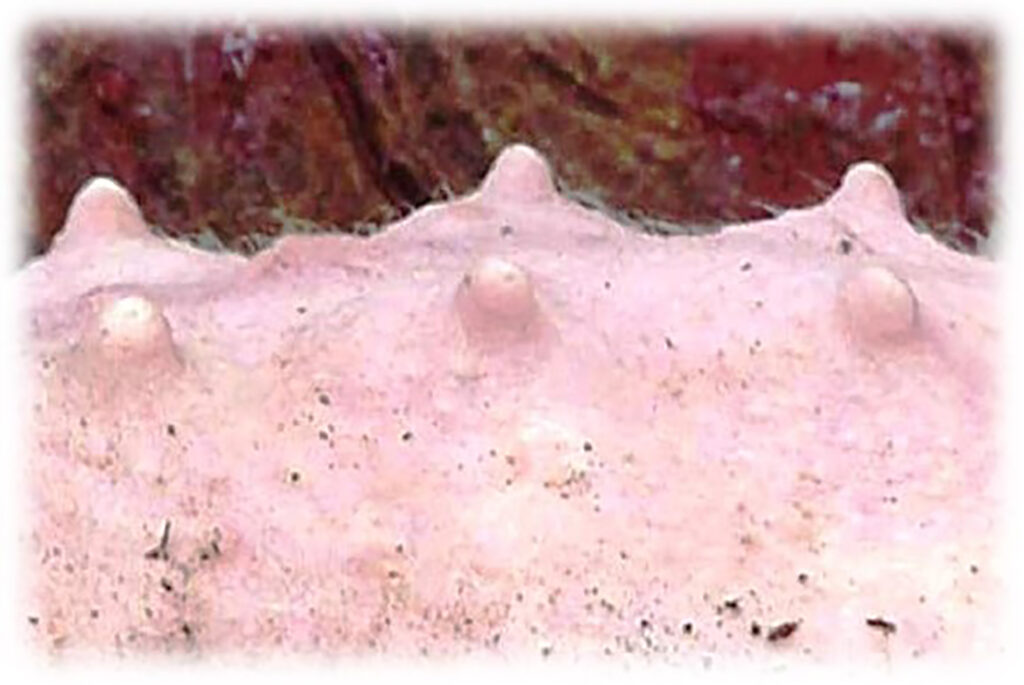
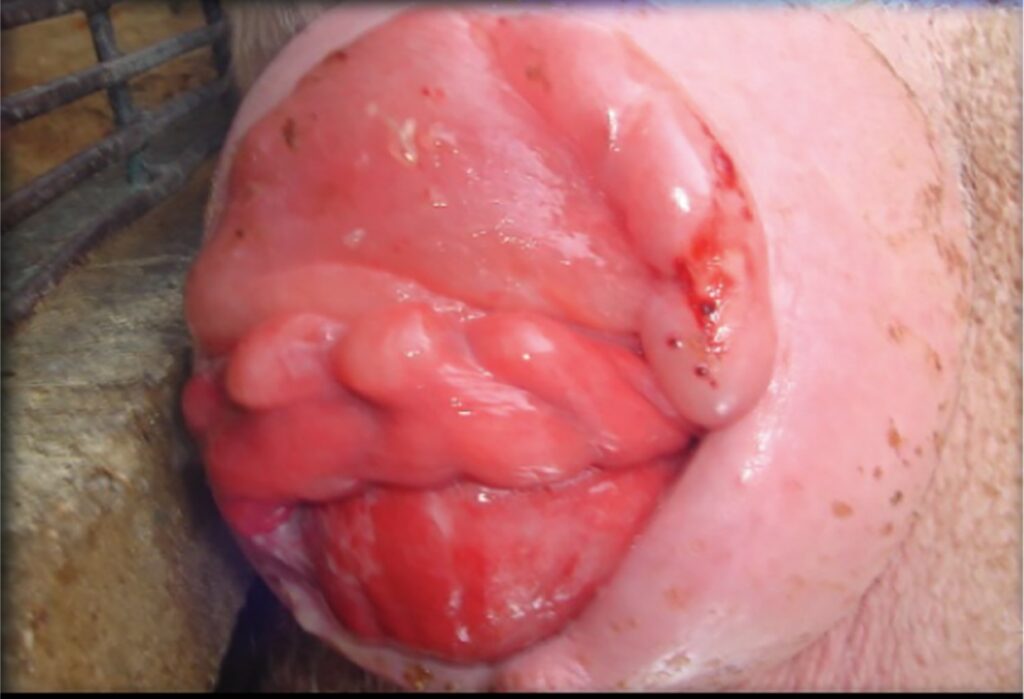
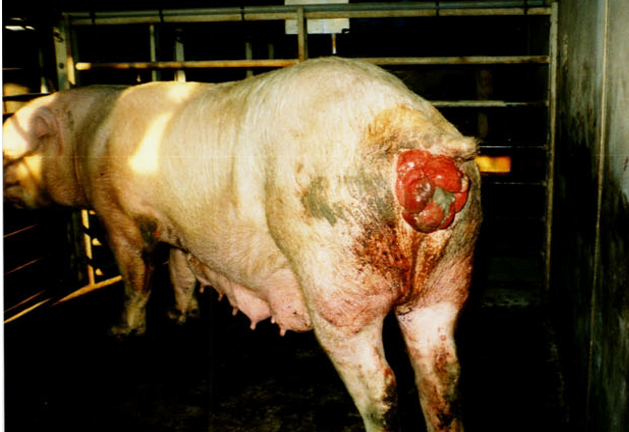
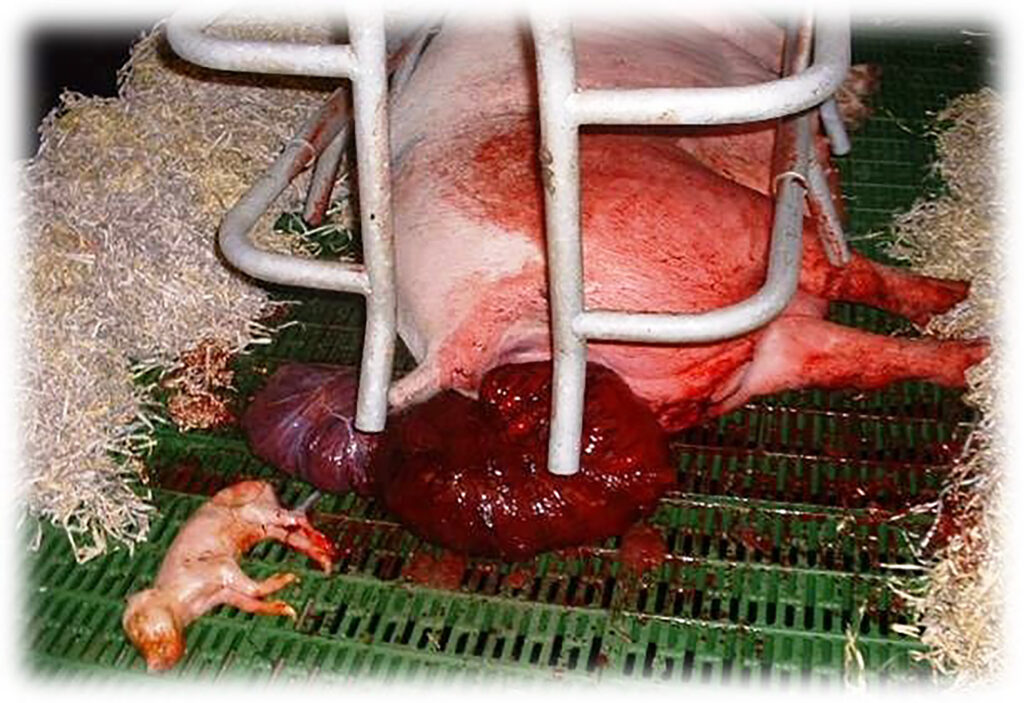
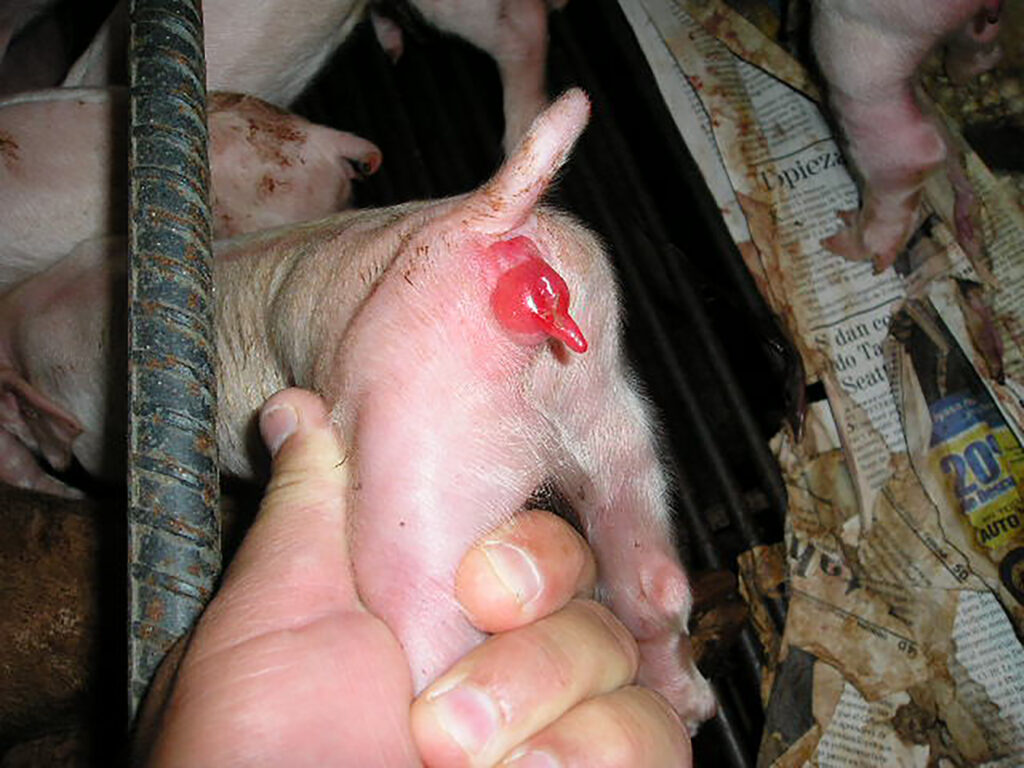


Would you like to be kept informed of our latest developments? Register here and stay up to date.
"*" indicates required fields
| Cookie | Duration | Description |
|---|---|---|
| cookielawinfo-checkbox-analytics | 11 months | This cookie is set by GDPR Cookie Consent plugin. The cookie is used to store the user consent for the cookies in the category "Analytics". |
| cookielawinfo-checkbox-functional | 11 months | The cookie is set by GDPR cookie consent to record the user consent for the cookies in the category "Functional". |
| cookielawinfo-checkbox-necessary | 11 months | This cookie is set by GDPR Cookie Consent plugin. The cookies is used to store the user consent for the cookies in the category "Necessary". |
| cookielawinfo-checkbox-others | 11 months | This cookie is set by GDPR Cookie Consent plugin. The cookie is used to store the user consent for the cookies in the category "Other. |
| cookielawinfo-checkbox-performance | 11 months | This cookie is set by GDPR Cookie Consent plugin. The cookie is used to store the user consent for the cookies in the category "Performance". |
| viewed_cookie_policy | 11 months | The cookie is set by the GDPR Cookie Consent plugin and is used to store whether or not user has consented to the use of cookies. It does not store any personal data. |
